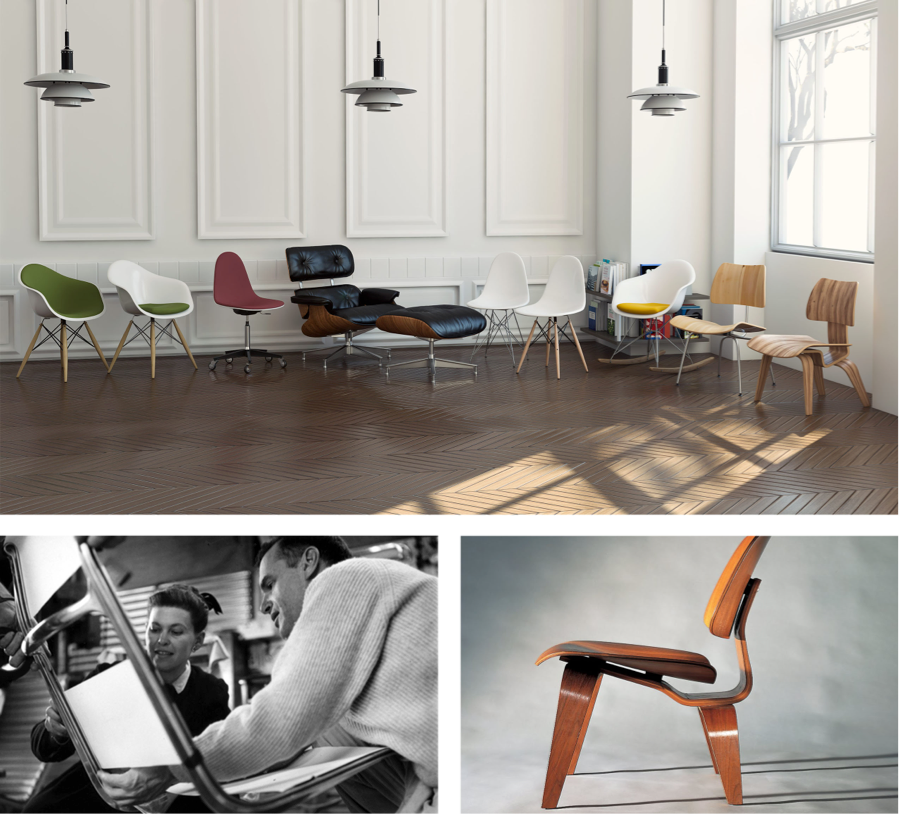
In our industry, objectivity is key. Unlike the art world, where abstraction and creative freedom are fully embraced, the web design world focuses on usability. The users’ ability to navigate a page, core functionality and the visual hierarchy of our design is arguably more important than the aesthetics itself. Even so, sometimes the functionality of our designs get buried in a website that’s heavily embellished with design elements we chose to apply with little or no reasoning, but for the sake of making it look fashionable.
As a designer myself, I struggle with designing something that’s not only usable, but also visually balanced. As I work, I make sure to ask myself: Is what I’m doing original? Will this withstand the test of time, or is this just part of a trend? Sometimes I end up focusing so heavily on these questions that I begin to doubt all of my work in progress.
When this happens I need to to take myself out of the equation. This means to put my personal reservations or visual preferences aside and plan a purpose-driven design. Focus on enhancing the end user experience and make every call to action intuitive. Always meet the client’s business needs and goals. Make calculated and thoughtful design choices to create a seamless user flow. We as designers should be able to defend every pixel we lay out with confidence and intent.
When we get sidetracked with these aesthetic questions we need to reclaim objectivity.
Renowned husband and wife duo, Charles and Ray Eames, were masters of design with purpose. They were pioneers of designing beautifully functional furniture for ordinary people, among many other influential commodities. They revolutionized modern furniture for the 20th century with one goal in mind—to make the world a better place. They focused on solving everyday challenges by designing practical yet innovative products that can be cost effectively mass-produced. Not only did they improve the quality of life, the outcome of their work was simple, stylish, and timeless.

When asked for his definition of ‘design,’ Charles Eames aptly replied, “One could describe ‘design’ as a plan for arranging elements to accomplish a particular purpose.” Perhaps we can all take a cue from the Eameses. A web site serves similar purposes as an Eames chair; both cater to people, provide an experience, and ultimately fulfill a functional need. The responsibility lies with us as designers to design with purpose.
Are you interested in learning more about Credera’s Experience Design Practice? Follow us on LinkedIn.
Contact Us
Ready to achieve your vision? We're here to help.
We'd love to start a conversation. Fill out the form and we'll connect you with the right person.
Searching for a new career?
View job openings